July 09. Pictures of a trip down the “new Cut” as part of Harbour 200 celebrations, by Maggie Shapland.

Andy King came on the trip too. John Penny provided a brilliant commentary full of dates and manufacturers of bridges 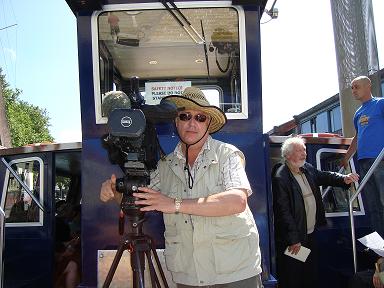
Richard Clutterbuck came along with his camera 
Different view of the 1849 Brunel swivel bridge under the 1965 Cumberland Basin 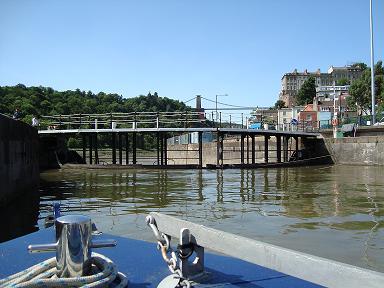
In the lock with lovely view of Clifton and Hotwells 
Cumberland Entrance Lock gates opening 
View of Suspension Bridge from the water 
Sweeping round into the Cut. Wills Tobacco warehouses to the right, built between 1905 and 1919 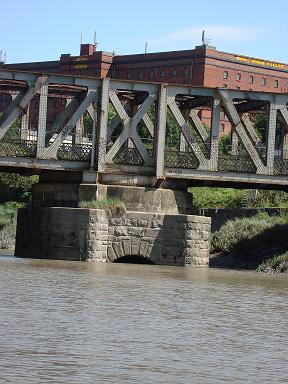
Swing railway bridge by B Bond warehouse. Buit by Lysaght 1906. This was a double decker bridge. 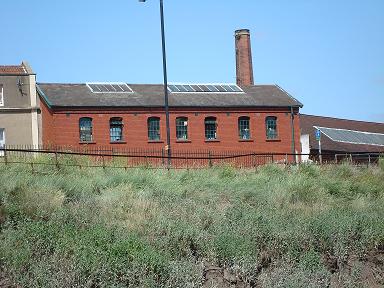
Harbour Office 
Vauxhall pedestrian Bridge was built by Lysaught 1900 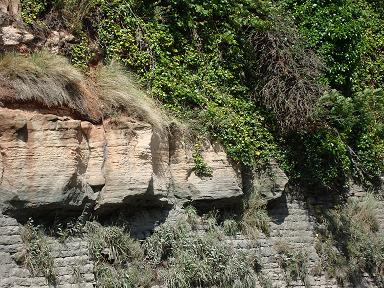
Eroded rocks on bank 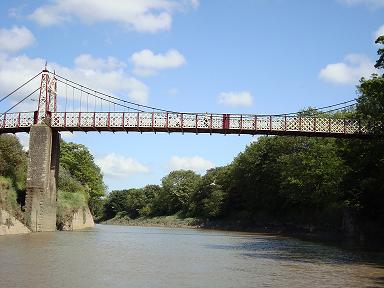
Gaol Ferry pedestrian Suspension Bridge built by David Rowell of Westminster 1939 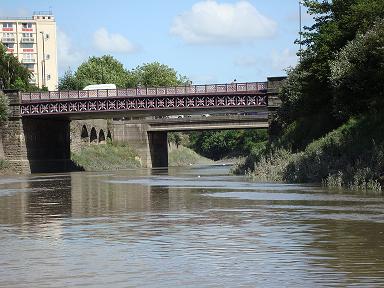
Bedminster road bridge 1882 by the General Hospital. The modern bridge was built 1963 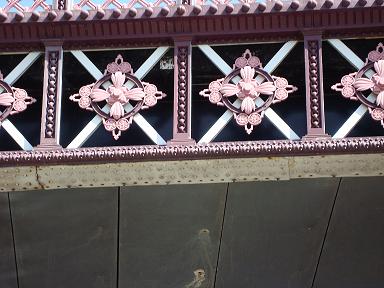
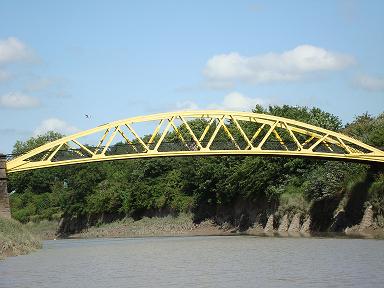
Banana footbridge built 1883 by Finch and co, Chepstow 
Bath Road bridge 1885 and Temple Meads railway bridge 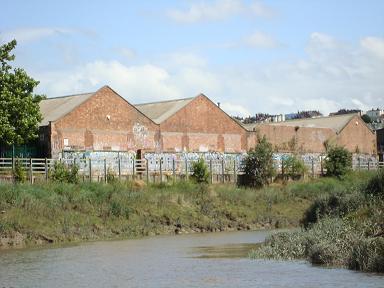
Lysaghts old works 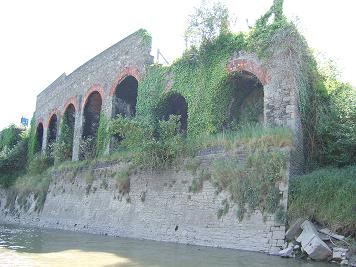
Remains of Exeter Railway engine sheds 
Totterdown Rd railway and passenger bridge 1888 built by Lysaght 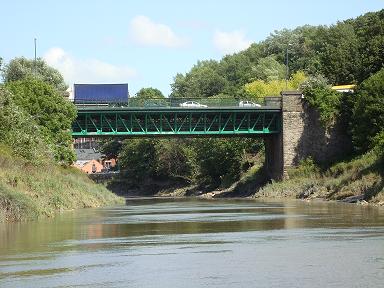
St Philips Causeway bridge 
Built barges here til after the War 
Paintworks recently refurbished by George Ferguson 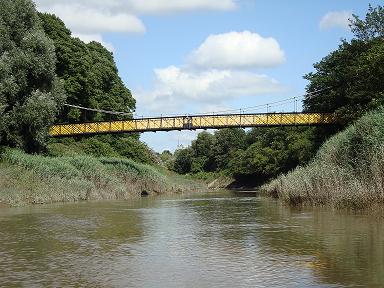
Lysaghts passenger suspension bridge 1902 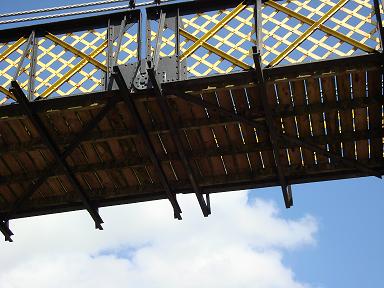
ysaghts bridge detail 
cormorants 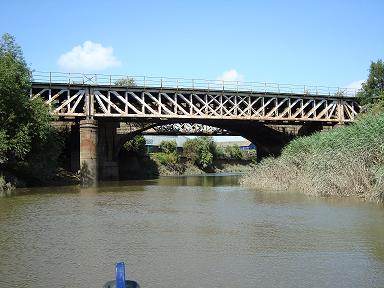
Brunels grade 1 listed gothic style Avon Bridge, Brislington built 1839 hidden between a pair of girder bridges. The bridge carries the Great Western Main Line into Bristol Temple Meads railway station over the Avon. It is approximately 100 metres west (downstream) of Netham Lock. 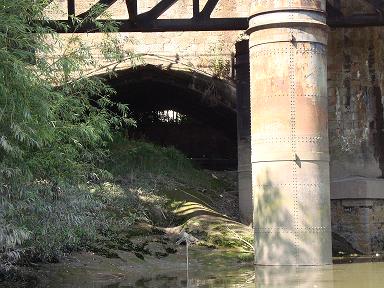
Avon Bridge detail 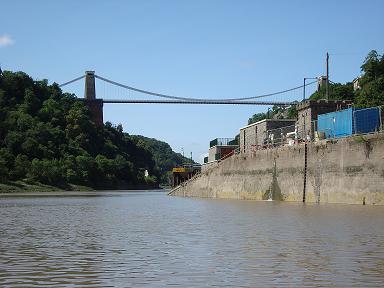
View of Suspension Bridge and Hotwells from the water 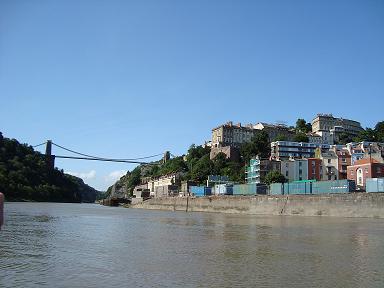
iew of Suspension Bridge and Clifton from the water 
Windsor Terrace 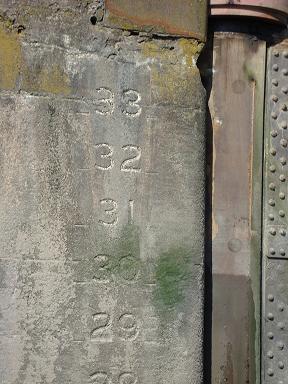
Entrance lock water level indicator, going upto 33 feet- showing huge tidal range of the Avon 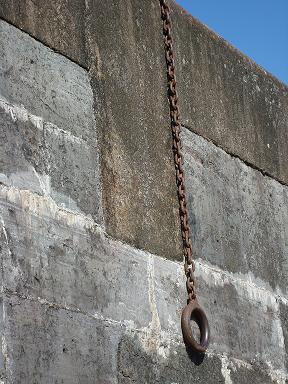
Lock ring to secure boats showing shininess of years of use 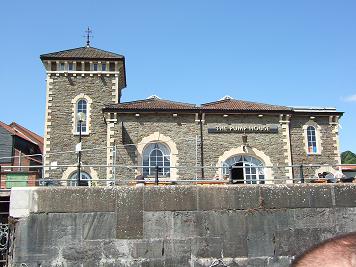
Thomas Howard’s Italianate Hydraulic Engine House built 1871 
Underfall Yard housing harbour outlet sluices, converted 1834 by introduction of culverts. Workshops and blacksmiths shops with 1880s equipment still in situ 
Cattybrook brick Hydraulic Engine House built 1888. Electric engines 1907 still in use. Just after the 1925 John Lysaght (structural steelwork company) swing bridge (replaced earlier bridge). It bridges the Junction Lock linking the Basin to the Harbour. Houses the stop gates, which are closed when the tide in the river is expected to rise higher than the Harbour level. An essential part of Bristol’s flood defence system. 
Tug
